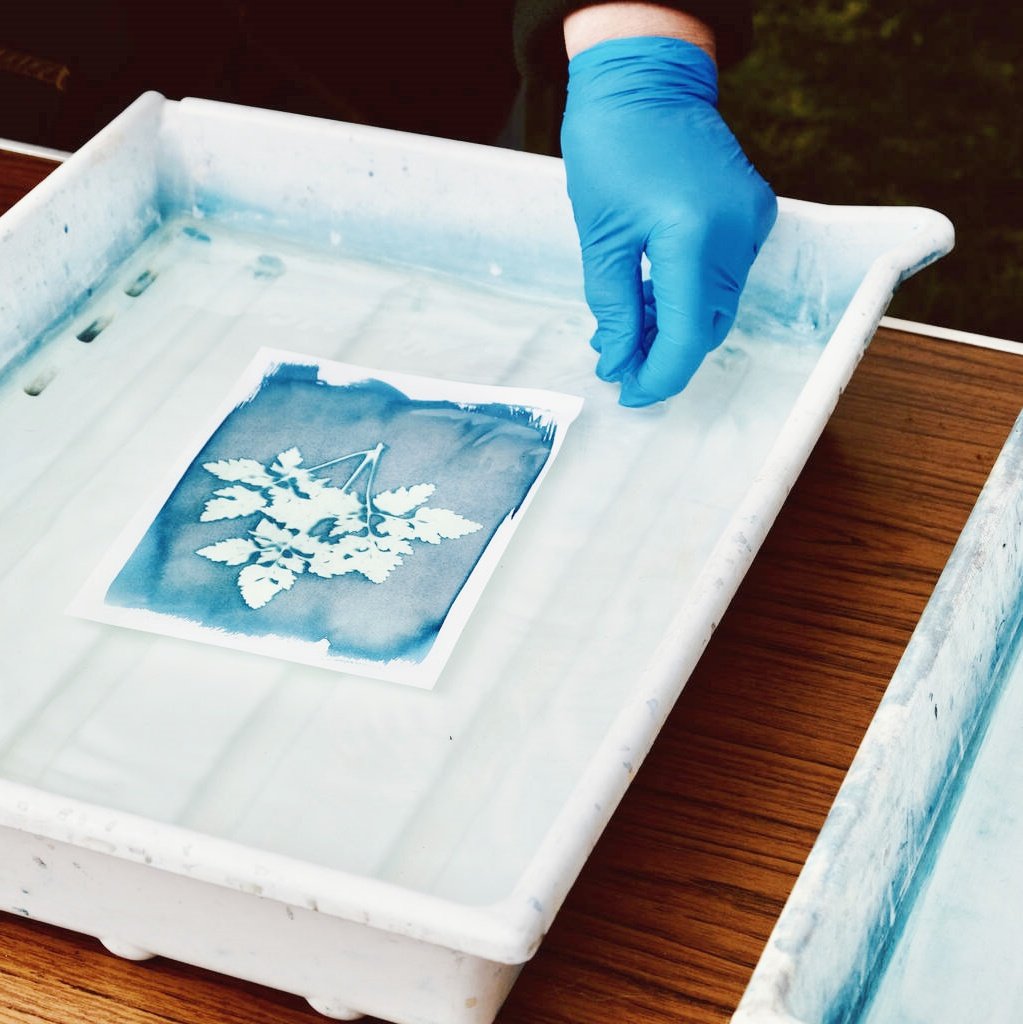In the printing industry, choosing the right ink is crucial, especially for projects requiring high-quality color and durability. Primary Plastisol Ink Packs, widely used due to their vibrant colors, good coverage, and long-lasting durability, are favored by many. This article will guide you on how to select the suitable Primary Plastisol Ink Packs, while also covering some related printing knowledge and techniques.
I. Understanding the Basics of Primary Plastisol Ink Packs
Primary Plastisol Ink Packs are primarily composed of resin, pigment, plasticizer, and filler. They are a type of thermoplastic ink that is gel-like at room temperature, softens when heated, adheres to the substrate, and forms a solid coating upon cooling. This ink offers excellent abrasion resistance, weatherability, and vibrant colors, making it ideal for products that require frequent washing and durability, such as T-shirts, canvas bags, and athletic equipment.
II. Selecting Ink Colors Based on Printing Needs
When choosing Primary Plastisol Ink Packs, color is an important consideration. Different colors may have varying color intensity and transparency, which can affect the final printed effect. For example, bright colors like red, yellow, and blue often require higher color intensity to achieve the desired visual impact. Additionally, considering color matching and contrast, selecting a color combination that suits your design needs is also crucial.
III. Considering Printing Materials and Processes
Primary Plastisol Ink Packs are suitable for various materials, including cotton, polyester, nylon, etc. However, different materials may have different adsorption capacities and printing effects for ink. For instance, leather materials have poor ink adsorption, requiring special treatment methods and ink formulations. Furthermore, the printing process also influences ink selection. For example, screen printing typically requires high-viscosity ink, while heat transfer printing may need low-viscosity ink.
IV. Understanding Ink Durability and Washability
The durability and washability of Primary Plastisol Ink Packs are critical indicators for assessing their quality. High-quality ink should maintain vibrant colors and clear patterns after multiple washes. To achieve this, you can choose inks with special treatments, such as adding abrasives or UV inhibitors. Additionally, understanding the ink’s drying time and curing temperature is essential to ensure that the printed product is not damaged during processing.
V. Considering Ink’s Environmental Performance
As environmental awareness increases, more consumers and printers are paying attention to the environmental performance of inks. The environmental performance of Primary Plastisol Ink Packs mainly depends on their composition and production process. Choosing inks that are non-toxic and have low volatile organic compounds (VOCs) can reduce pollution to the environment and harm to humans. Furthermore, some ink suppliers also offer recyclable or biodegradable ink options to further minimize environmental impact.
VI. Selecting the Right Printing Equipment and Auxiliary Materials
When choosing Primary Plastisol Ink Packs, you also need to consider printing equipment and auxiliary materials. Different printing equipment may have varying adaptability to ink. For example, some equipment may require ink with specific viscosity or fluidity. Additionally, selecting the right squeegee, mesh screen, and other auxiliary materials can improve printing quality and efficiency.
VII. Understanding Ink Pricing and Cost-Effectiveness
Price is also a factor that cannot be ignored when selecting Primary Plastisol Ink Packs. Different suppliers and brands may offer different prices and services. However, price is not the only metric. You also need to consider factors such as ink’s cost-effectiveness, the supplier’s reputation, and service quality. Some suppliers may offer bulk purchase discounts or long-term cooperation incentives, which can help reduce your costs and improve profitability.
VIII. Post-Printing Treatment and Maintenance
After printing, treating and maintaining the printed product is also very important. Firstly, you need to ensure that the printed product receives appropriate temperature and humidity conditions during drying and curing. Secondly, for printed products requiring ironing or sewing, you should perform these operations after the ink is completely dry and cured. Additionally, regularly cleaning and maintaining printing equipment is key to ensuring printing quality and extending equipment lifespan.
IX. Handling Common Printing Issues
When using Primary Plastisol Ink Packs for printing, you may encounter common issues such as ink clogging, unclear printing, or uneven color. These problems can be caused by various factors, such as excessively high ink viscosity, insufficient squeegee pressure, or excessive printing speed. To solve these problems, you can try adjusting the ink’s viscosity, squeegee pressure and angle, or reducing printing speed. Additionally, consulting with suppliers or printing experts can help you find solutions faster.
X. Post-Processing: Press Wash for Plastisol Ink
After printing, post-processing is a crucial step. Press Wash for Plastisol Ink is a special cleaner designed to clean excess ink and residues from printed products. Using this cleaner can effectively remove ink splashes and residues generated during the printing process, making the printed product cleaner and more beautiful. Additionally, it can help protect the printed product’s colors and patterns, extending its lifespan.
Conclusion
Choosing the right Primary Plastisol Ink Packs is crucial for ensuring the quality and durability of printed products. By understanding the basics of ink, color selection, printing materials and processes, durability and washability, environmental performance, printing equipment and auxiliary materials, pricing and cost-effectiveness, as well as post-printing treatment and maintenance, you can better select and use this type of ink. Additionally, consulting with suppliers or printing experts can help you solve problems encountered during use. Remember, high-quality ink and correct usage will add color and charm to your printed products.


